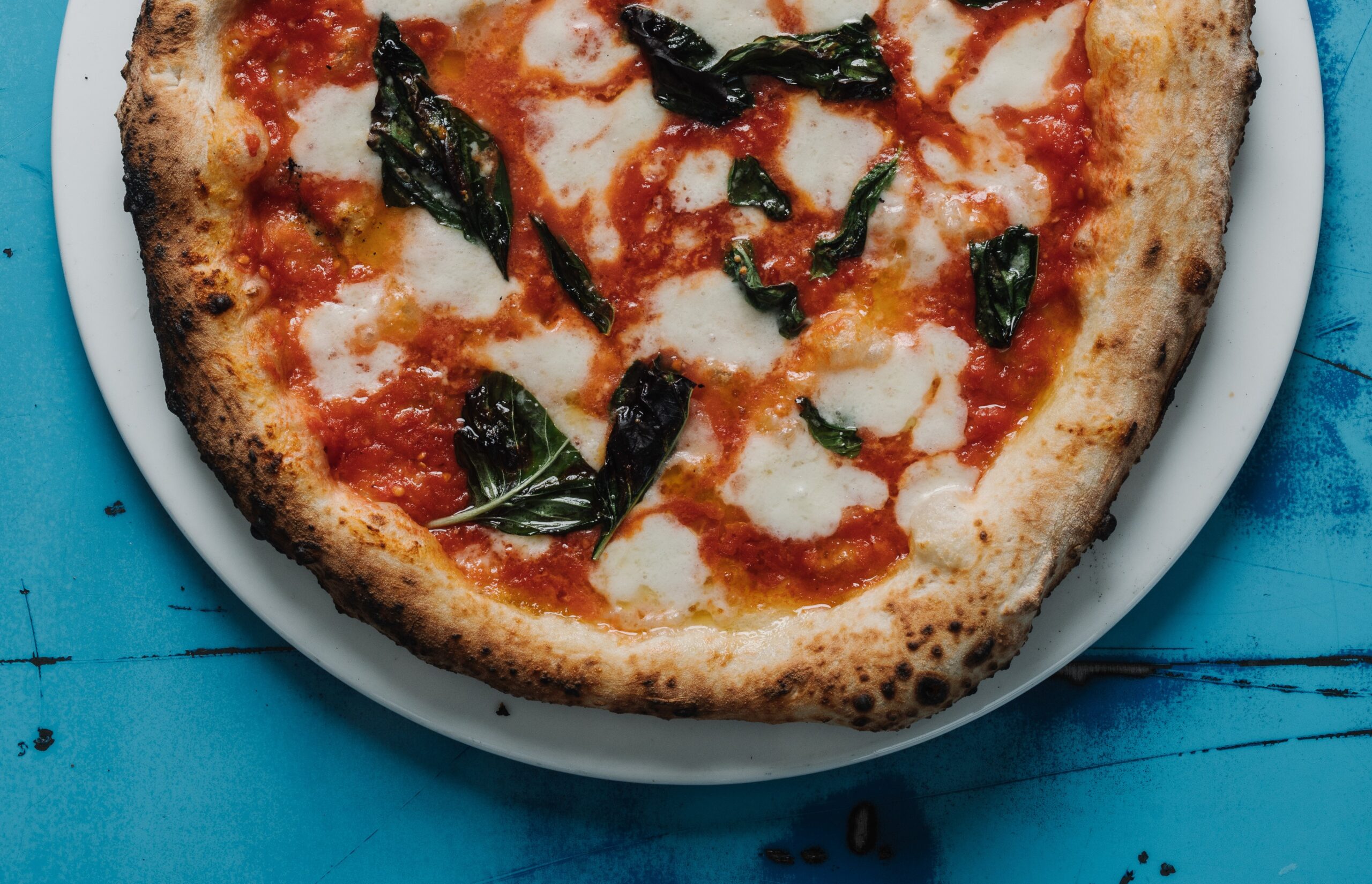
Luca Varuni is a master at his craft. As head chef and owner of Varuni Napoli he swears by the freshest ingredients and uses traditional Italian techniques to create the best Neapolitan pies. Growing up in Naples, Italy, he studied under renowned chef Enzo Coccia, head chef of the only Michelin rated pizzeria in the […]
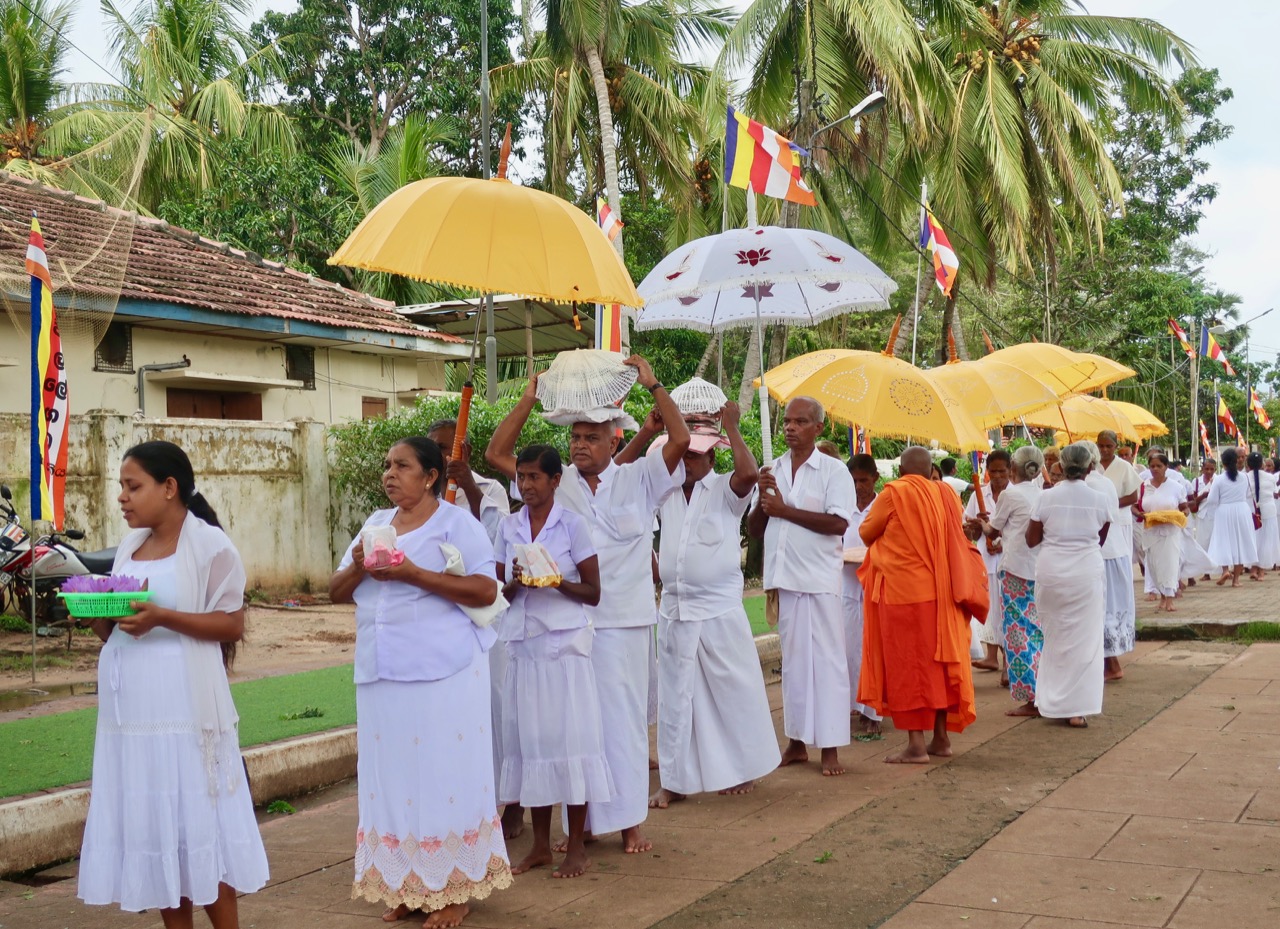
When you think of Sri Lanka, you may picture a tropical island dotted with sandy beaches, wildlife reserves filled with elephants, coconut groves, spice and tea plantations. Surely, the small island located just south of India merits all these, but there’s also three thousand year old temples, palaces and caves to explore. Here are some […]
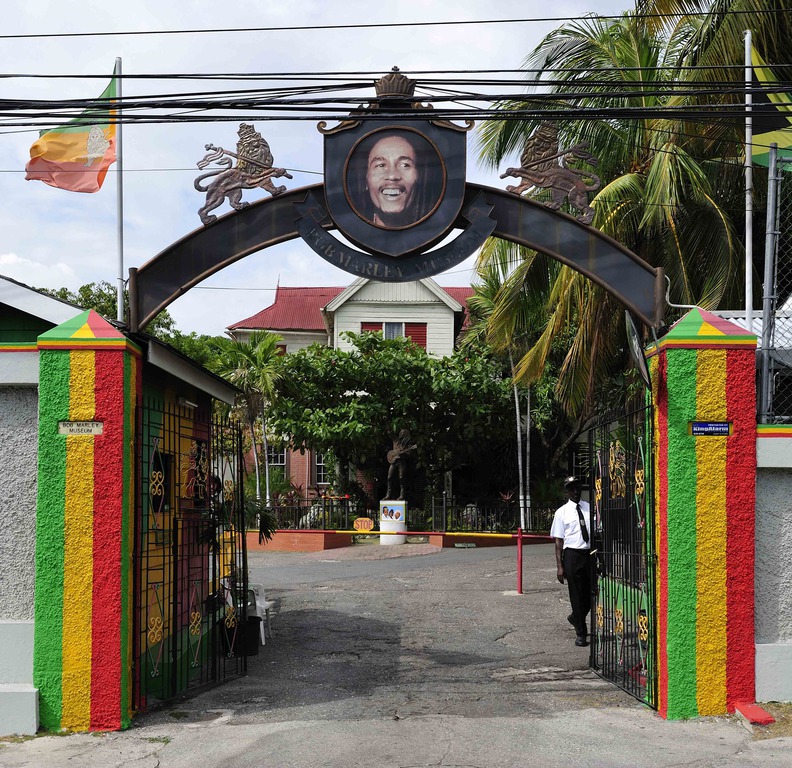
Jamaica is a wonderful island known for its white sand beaches and reggae music. The country is a perfect destination for a family vacation, wedding celebration, outdoor excursion, or culinary tour. Deciding what you want to do when you do visit Jamaica is as simple as finding 7 best things to do in Falmouth Jamaica […]
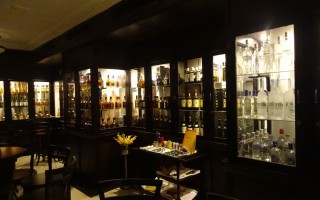
Sloppy Joe’s is a historic bar located in Old Havana and one of the must-visit places in Cuba. The landmark sandwich shop opened in the 1930’s. It is believed that the name originated from the unkept nature of the restaurant or the fact that it had “ropa vieja” Spanish version of a sloppy joe as […]

Love history and nature? Want to take a break away from the hustle and bustle of city life? Here’s a neat opportunity! You can be a Plum Orchard Caretaker for up to 2-3 months. Cumberland Island is a 20 mile long island off the coats of Georgia and Florida.

A few more days still remain to tour the Decorators’ Show House and Gardens in Atlanta. Weather you are visiting Atlanta or a longtime native, it is always interesting to see how people live and what sort of art do they admire. While museums and historic homes offer you the opportunity to step back in […]
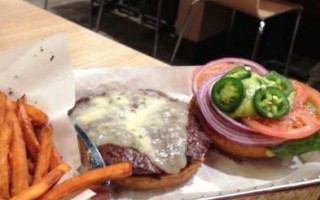
Did you know that the name hamburger originally derives from Hamburg, Germany‘s second largest city, from where many people emigrated to the United States? In High German, Burg means fortified settlement or fortified refuge; and is a widespread component of place names. Originally what started out in the 15th century as a piece of meat between two slices of bread, has now taken […]

If you want to step back in time, go to Vienna in Austria. I visited in summer of 2008 and was plesantly surprised. Surely there are many old cities around the world but what was special here is that the 18th century buildings looked brand new. They were so well maintained that you felt like […]
I was interviewed by the online magazine Do It While You’re Young in August 2010. They asked me about my passion for volunteering & where I was headed next. You can read the interview by visiting their web site.